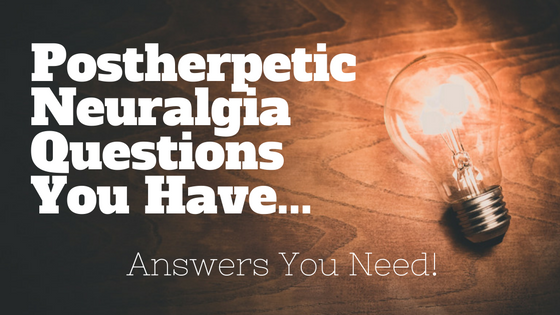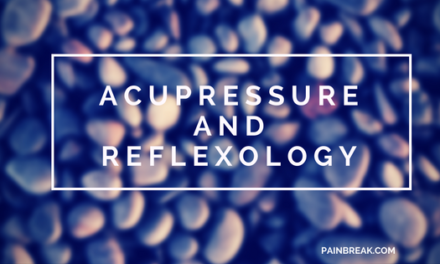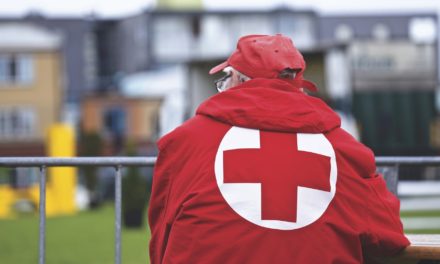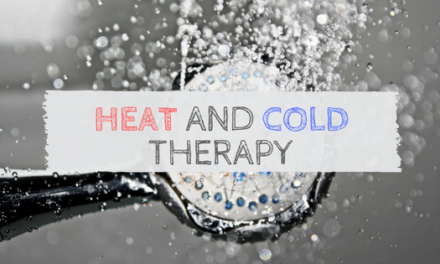Postherpetic Neuralgia Questions you Have….
Answers You Need!
Q: How can you prevent postherpetic neuralgia?
A: QUICK ANSWER
Aggressively treating shingles in the first 3 days of onset is the only way to reduce the risk of developing postherpetic neuralgia. states the Centers for Disease Control and Prevention. Shingles is a viral infection caused by the same virus responsible for chickenpox, according to WebMD. The Life Extension Foundation suggests that maintaining a strong immune system plays an
FULL ANSWER
There is evidence to support using antiviral therapy and possibly low-dose tricyclic antidepressants to prevent postherpetic neuralgia. There is good evidence that treating herpes zoster with antiviral medication is beneficial, particularly in patients older than 50 years with severe outbreaks. The use of steroids has an unfavorable risk-benefit ratio.
In patients who develop postherpetic neuralgia, there is good evidence to support treatment with gabapentin and tricyclic antidepressants. More evidence for treatment with capsaicin cream, lidocaine patch, and opioids is needed. Intrathecal methylprednisolone is an option for patients with persistent pain.
Q: Who should get the shingles vaccine?
A: QUICK ANSWER
Generally, adults who are age 60 and older should get the shingles vaccine, as the people in this age group are more at risk of contracting serious cases of shingles, according to the Centers for Disease Control and Prevention. Individuals should seek a doctor’s approval before getting the vaccine.
FULL ANSWER
Regardless of age, there are some individuals for whom the shingles vaccine can be dangerous, such as those who are allergic to gelatin, neomycin or any other ingredients in the vaccine, states the CDC. The shingles vaccine is also unsuitable for individuals who have a compromised immune system or those who are receiving immunosuppressive medications.
Individuals with cancer that impacts upon their bone marrow or lymphatic system, as well as those who are receiving treatments such as radiation or chemotherapy, should also avoid the shingles vaccine. Additionally, the shingles vaccine is inadvisable for women who are pregnant or trying to conceive.
The shingles vaccine is otherwise a safe vaccine for the eligible candidates, according to the CDC. Common side effects include minor reactions such as headaches or irritation and inflammation of the skin at the injection site.
The shingles vaccine is particularly effective for adults in their 60s, with clinical trials indicating that it can significantly reduce the chances of contracting shingles. The protective benefits from the vaccine, however, can decline with time.
Q:What are the pros and cons of the shingles vaccine?
A:QUICK ANSWER
Pros of the shingles vaccine include a reduced risk of developing shingles and post-herpetic neuralgia, prevention of recurrences and five years of protection from developing shingles, according to the Centers for Disease Control and Prevention.
Cons of the shingles vaccine include that the CDC doesn’t have a recommendation for routine use of the vaccine in people between ages 50 and 59, which potentially leaves some high-risk people unprotected, and that it’s not safe for those with a compromised immune system.
FULL ANSWER
The shingles vaccine, Zostavax, provides a 51 percent reduction in the risk of developing shingles and a 67 percent reduction in the risk of developing PHN, states the CDC. With shingles and PHN both being painful conditions, the reduced risk of suffering shingles outbreaks and the possible after effects of PHN is a clear positive of the vaccine. Additional pros of the shingles vaccine are that it’s an easy, single-injection dose, suitable for any time of the year, and it has minimal side effects, according to the National Health Service.
A con to consider with the shingles vaccine is that people who opt to receive the vaccination before they are 60 may not be protected by the vaccine later in life when the risks of shingles and PHN are at their highest, states the CDC. With the Food and Drug Administration approving the vaccine for people aged 50 years or older and the vaccine’s relatively short effective period of five years, some people may not receive the vaccine at the optimal time.
Q: What are early signs of shingles?
A:QUICK ANSWER
The early signs of shingles are numbness, itching, tingling or burning pain in a specific part of the body or the face, according to Healthline. The abdominal area is usually where the earliest signs of shingles appear.
FULL ANSWER
As shingles develop, the pain becomes intense and sharper, but pain is not the primary early sign of shingles to look out for. There are other symptoms that may differ from one person to another. The other symptoms include tiredness, headaches, nausea, aching muscles and fever, according to Healthline.
Doctors can make an early diagnosis of shingles based on these symptoms. There is no cure for shingles, but prescribed medication can be given to reduce complications from the illness as well as reduce its life span, according to Healthline.
Shingles – The causes, symptoms, treatment and prevention
This animation explains what shingles is, what the symptoms are and where it can occur on your body
If you have not yet done so, request a free sample of Painbreak®, the topical analgesic that is bringing relief to thousands of postherpetic neuralgia sufferers.
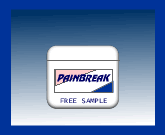
Yes, thousands are getting relief who thought they never could…
now it’s your turn!
It is always wise to seek advice from your own health practitioner before making any major changes to your current course of treatment.
From Boyce N Berkel, MD, PhD – Neuralgia Relief Center – For Your Health and Betterment
